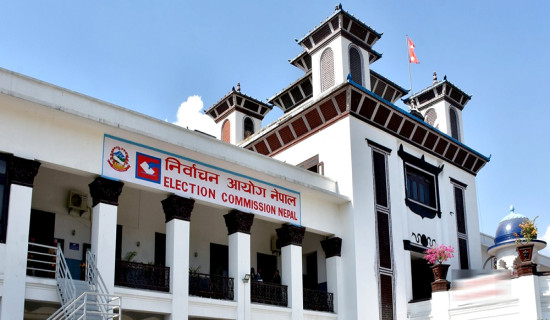- Sunday, 28 December 2025
Learning Life-Saving Skill
As a medical student with a keen interest in learning practical skills beyond the classroom, I recently had the opportunity to participate in one of the National Cardiac Centre (NCC)'s cardiopulmonary resuscitation (CPR) training programmes. Having attended various skill-learning events before, I found this programme particularly valuable. It not only provided me with the essential knowledge and techniques to perform CPR but also boosted my confidence to take immediate action if the situation demands it.
CPR is a life-saving technique that can help in situations like cardiac arrest, drowning, or choking. The training covered the correct methods for chest compressions and rescue breaths to ensure that oxygen and blood reach vital organs until medical professionals arrive. The hands-on practice gave me a sense of readiness to use these skills, whether in a hospital or in everyday situations. This scribe was able to learn much more about basic life support, heart attacks, and cardiac arrest from an in-depth yet easy-to-understand presentation by senior cardiologist Dr. Om Murti Anil. His insightful talk clarified various doubts on this topic and empowered everyone, including me, with deep knowledge about CPR.
What impressed me the most was the focus on acting quickly. Studies show that bystander CPR can significantly improve survival rates for people who experience cardiac arrest outside of a hospital. Taking action during the first few critical minutes can be the difference between life and death. That's why it is so important for the Centre to continue spreading awareness and expanding its training programmes to as many people as possible. Besides, I learned about the importance of Automated External Defibrillators (AEDs). These devices, when used together with CPR, can further increase survival rates, especially when applied quickly. The growing availability of AEDs in public places is another positive step towards creating a more prepared community.
We also had the opportunity to get cardiovascular risk assessments by measuring our BMI along with sugar and cholesterol levels, which were done free of cost for all the participants. During the programme, the Centre also offered free educational materials on heart attack and cardiac arrest. Providing CPR training to first responders is particularly important because they are often the first to respond to emergencies such as natural disasters or accidents. By equipping them with these skills, the Centre is helping to improve community preparedness and increase survival chances in cardiac emergencies.The NCC has not only been conducting CPR training for different populations but also raising awareness about this life-saving procedure. Looking at its benefits, it made me wonder why they aren’t being conducted on a larger scale.
Considering how effective CPR can be in saving lives these programmes should be expanded to reach even more people. Starting with schools and colleges, especially at the Plus Two level, would be a great step forward. Teaching CPR to students at an early stage could prepare a whole generation with life-saving skills that would not only help in emergencies within their communities but also create widespread awareness about public health and first aid. Their efforts to make CPR training accessible and to promote public health show their commitment to the well-being of the community. These programmes will save more lives.
















